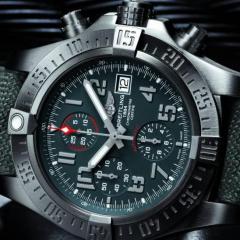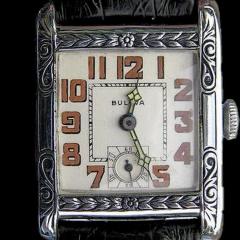-
Recently Browsing
- No registered users viewing this page.
-
Topics
-
Posts
-
This is not rare at all, the dial code and case code don't usually match.
-
Good question!! Anyone know of a substitute movement??!! 🤔🙏
-
Interesting issue that I just noticed: this Seiko 5actus Watch from 1977 has a calibre listing on the dial of 7019-8030R but on the case back it says 7019-8010!! Like a mis-printed coin, is this watch therefore worth a lot of money for its rarity?? 🤪😲🤔🤪
-
I wish that was the case. The Aegler movements used in the early days by Wilsdorf & Davis (for brands like Rolex and Rolco) came in several sizes and without designated calibre numbers that survive. They become a bit easier to identify during the 1920s. Below is an Aegler-Rebberg, 25.74mm in diameter. It’s from a woman’s Rolex wristwatch. Stamped Rebberg and 500 on the dial plate (but it isn’t a Rebberg 500, it’s the wrong size). I’d be interested if anyone can identify the movement. It is based off the Aegler Nr.1, circa 1903, but they based many many calibres of different sizes on it. The closest I have to a positive ID is the ‘Rolex Nr.50’ circa 1917, but no dial side images or movement sizes are available in the references. There are identical looking movements in many sizes. The 25.74mm of this movement is a particularly strange size for the era, it equates to 11.41 lignes. Best Regards, Mark
-
It looks like this movement comes with a number of different shock settings. Emmywatch shows that it comes in versions with no shock settings, 'Incabloc', 'shock resist', and 'Supershock'. Perhaps the different settings position the impulse jewel/roller table in a non-ideal position relative to the pallet fork/guard pin. Are you able to check under high magnification if the pallet fork and roller table are able to operate without any interference? Just for fun I took a look and I have one FHF 70 in my collection, a West End Secundus with a non-shock protected FHF70. I had a note with the watch that said, "Movement is stamped 'FHF 70', but the FHF70 looks to have sub-seconds instead of center seconds movement (??)" but that a google search turned up both types for this movement. EDIT: I just took a look in my parts drawer and I have a few of these movements, both in center seconds and sweep seconds, but they all are non-shock protected.
-





Recommended Posts